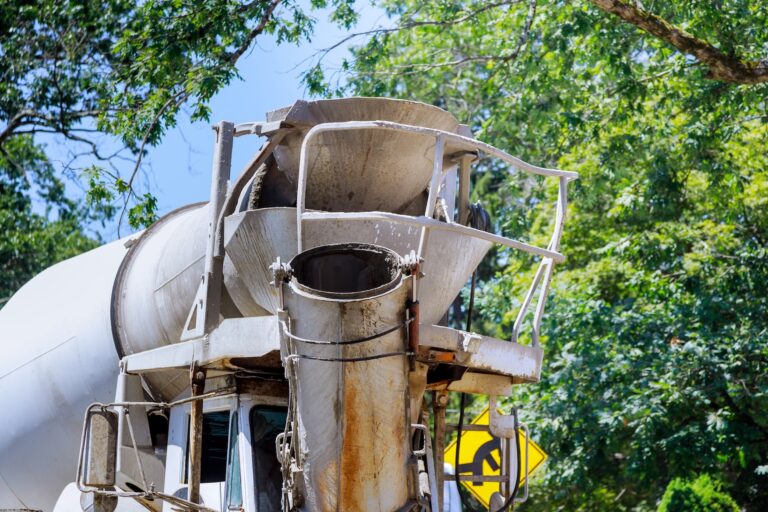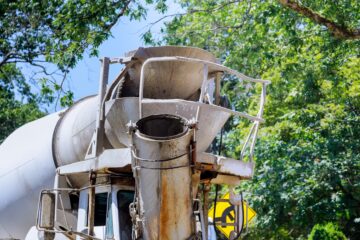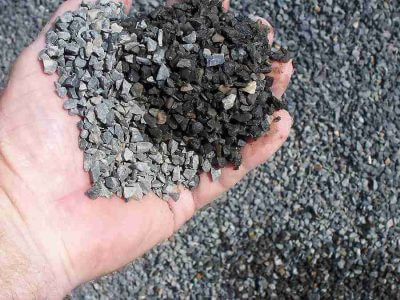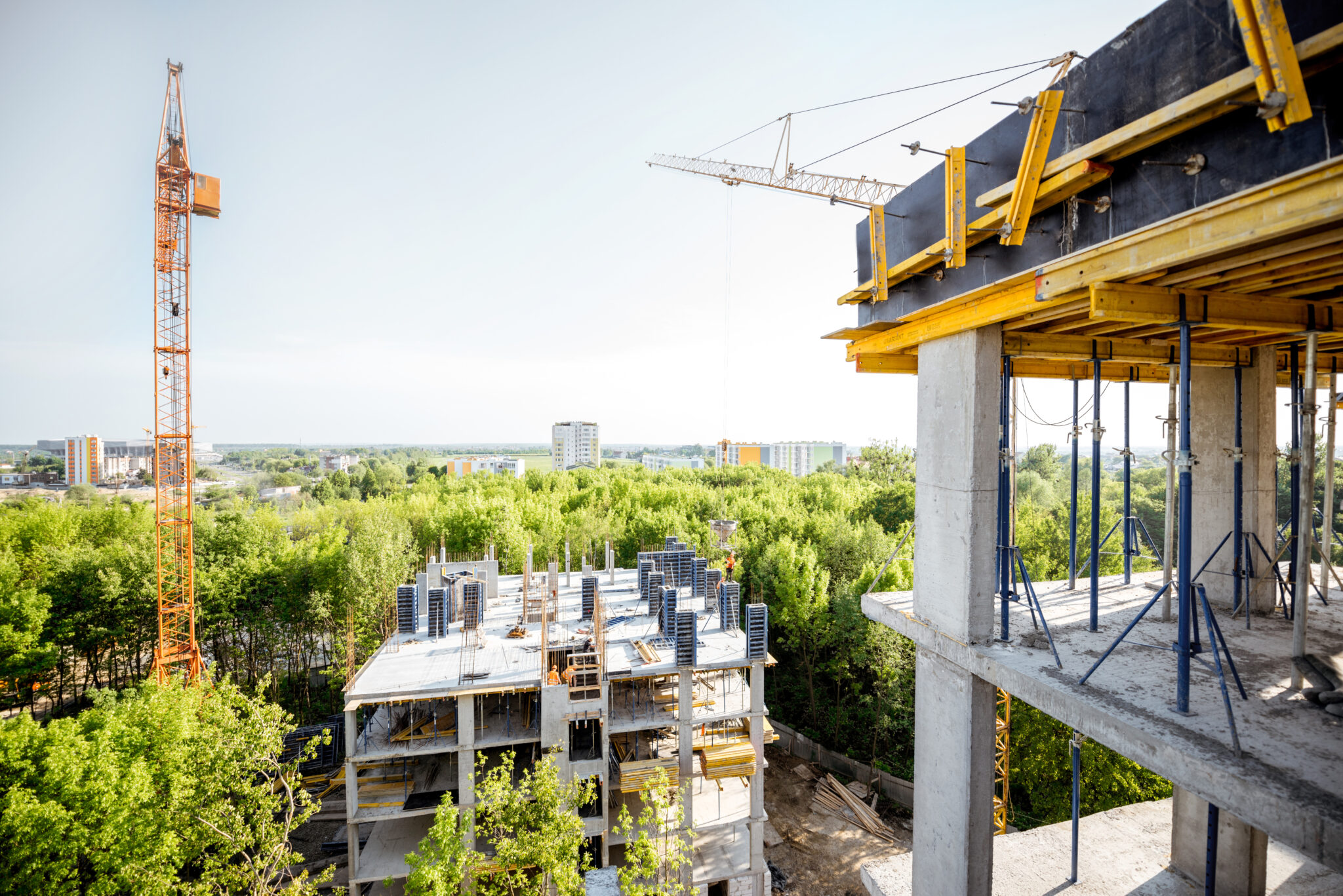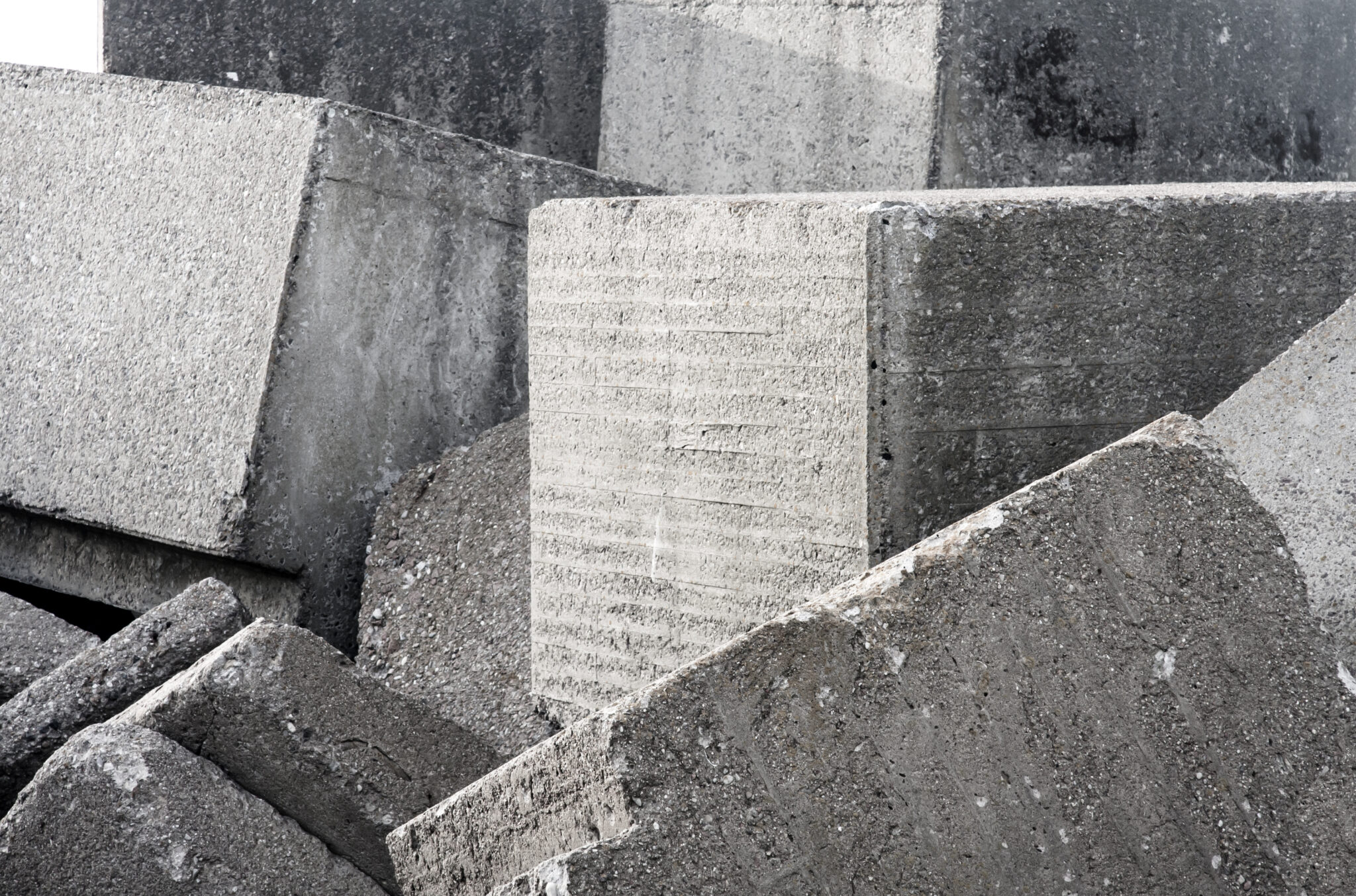Ready-mix concrete (RMC) has become an indispensable material in the construction world, providing consistency, quality, and efficiency. It’s a top choice for various projects across North America and beyond. Whether it’s for a small residential project or a large-scale infrastructure development, RMC is essential. This blog explores ready-mix concrete, its various types, how RMC plants and trucks work, its usage statistics, pros and cons, challenges and opportunities, and the future innovations shaping the industry.
Ready to Drive Profit with Optimized Concrete Mixes?
What Is Ready-Mix Concrete?
Ready-mix concrete is manufactured in batch plants and delivered to the construction site, which is ready to pour. It offers better quality control compared to on-site mixing and reduces labor and time on-site. RMC is essential for projects where precision, uniformity, and performance are crucial.
Types of Ready-Mix Concrete
There are two main types of ready-mix concrete, based on how the materials are combined and delivered to the site:
- Transit-Mix Concrete (Dry Batch)
In this method, dry materials like cement, sand, and aggregates are loaded into the truck at the plant. Water is added either at the plant or during transit, with the truck mixing the materials on the way to the site. This method offers flexibility, allowing adjustments to the water content just before pouring.
- Common Uses: Remote or long-distance projects where adjustments are needed upon arrival.
- Central-Mix Concrete (Wet Batch)
In the wet batch process, all components, including water, are fully mixed at the plant. The truck then delivers the pre-mixed concrete, only agitating it during transportation to keep it from setting too early.
- Common Uses: Large projects requiring high-quality, consistent concrete, such as highways, bridges, and commercial buildings.
Interested in learning more about concrete mix designs? Click here.
Specialized Types of Ready-Mixed Concrete
- High-Strength Concrete: Ideal for tall buildings and heavy infrastructure.
- Self-Consolidating Concrete (SCC): Flows easily into tight spaces, reducing labor costs and providing a smooth finish.
- Fiber-Reinforced Concrete: Adds fibers to increase durability and reduce cracking.
- Pervious Concrete: Eco-friendly, allowing water to pass through, perfect for parking lots and pavements.
How Is Ready-Mixed Concrete Produced?
RMC plants play a crucial role in the production of ready-mixed concrete. These facilities are designed to produce large volumes of concrete while maintaining precision and quality control.
- Batching Process
The process begins with precise measurement of raw materials such as cement, aggregates, and water. These materials are mixed in specific proportions based on the required concrete strength and project specifications. In wet batch plants, water is added during the mixing process. And in dry batch plants, water is added later in the truck.
- Batch Plants: Modern RMC plants are often computerized, ensuring precise control over the mixing process. Automation reduces the chance of human error and guarantees that each batch meets the required specifications. Sensors and monitoring systems are used to track moisture levels, temperatures, and other variables during the process.
- Giatec® SmartMix™ Integration: Tools like SmartMix take this a step further by leveraging artificial intelligence (AI) to optimize the mix design. SmartMix helps reduce cement content by analyzing data from thousands of past concrete mixes, ensuring that the concrete meets strength requirements while minimizing environmental impact. This can lead to significant cost savings and reduced carbon emissions.
- Silos and Storage
RMC plants have large silos for storing cement, sand, and aggregates. These materials are loaded into the batch plant based on the mix design for the specific project. Having on-site storage allows plants to operate efficiently and respond quickly to multiple orders throughout the day.
- Environmental Considerations
Most modern plants are designed with environmental sustainability in mind. Water used during the mixing and cleaning process is often recycled, and plants implement dust control measures to reduce air pollution. Some plants also use waste materials like fly ash or slag in their concrete mixes, reducing the environmental impact of production.
- Sustainability through SmartMix: The SmartMix platform also contributes to sustainability by enabling concrete producers to use lower amounts of cement while still maintaining the required strength. This is particularly significant because cement production is one of the largest sources of industrial carbon dioxide emissions. SmartMix helps companies reduce their carbon footprint by as much as 20%, without compromising quality.
Ready to Drive Profit with Optimized Concrete Mixes?
How Is Read-Mix Concrete Transported?
Once the concrete is prepared at the plant, it’s transported to the construction site using specialized trucks known as transit mixers. These trucks are critical in maintaining the quality of the concrete during transport.
- Transit Mixers
The primary feature of a transit mixer is its rotating drum, which keeps the concrete constantly in motion. For dry batch concrete, the drum mixes the materials as the truck moves, while for wet batch concrete, the drum agitates the pre-mixed material to prevent it from hardening.
- Timing is Key
Concrete has a limited lifespan once mixed, typically remaining workable for about 90 minutes. For this reason, it’s critical that the truck delivers the concrete to the site and pours it within this window to maintain its structural integrity.
- On-Site Flexibility
Transit-mixed concrete allows for adjustments on-site. For instance, if the concrete is too dry, water can be added to the mix on-site, ensuring it meets the required specifications. The flexibility provided by these trucks makes them ideal for various job sites, especially those that may face delays or require more precise adjustments.
Pros and Cons of Ready-Mix Concrete
Pros:
- Quality Assurance: Produced in a controlled environment, RMC guarantees consistent quality.
- Time Efficiency: Delivered ready-to-use, reducing preparation time on-site.
- Reduced Labor Costs: Less on-site labor is required for mixing, saving costs.
- Customization: Various formulations can be tailored to meet specific project requirements.
- Environmental Benefits: Many plants incorporate sustainable practices, reducing waste and emissions. Tools like Giatec SmartMix further enhances environmental benefits by optimizing concrete mix designs to reduce cement usage and emissions.
Cons:
- Transportation Time Limits: Concrete must be poured within a limited time after mixing to maintain its integrity.
- Higher Initial Costs: RMC can be more expensive than traditional on-site mixing, though long-term savings may offset this.
- Dependency on Delivery: Any delays in delivery can halt construction projects.
- Limited Control on Site: Once the concrete is mixed, adjustments on-site are limited compared to traditional methods.
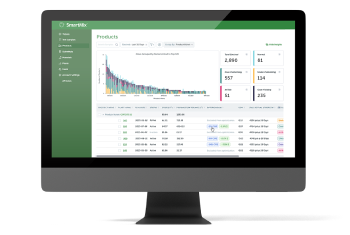
Challenges and Opportunities
Challenges:
- Environmental Impact: Despite improvements, concrete production is still a significant source of carbon emissions. The industry must continue to innovate to further reduce its environmental footprint. Solutions like Giatec SmartMix are key players in addressing this challenge.
- Supply Chain Issues: Fluctuations in the availability of raw materials, especially in times of high demand, can impact the production and delivery of RMC.
- Labor Shortages: The construction industry faces ongoing labor shortages, which can affect the timely delivery and application of ready-mixed concrete.
Opportunities:
- Technological Advancements: Innovations in smart concrete, self-healing materials, and automation present significant growth opportunities for RMC producers. Giatec’s AI-powered SmartMix is at the forefront of such technological innovations.
- Sustainability Initiatives: The push for greener construction materials can lead to increased demand for eco-friendly concrete products.
- Infrastructure Investment: Ongoing and planned investments in infrastructure, particularly in North America, provide a strong market for ready-mixed concrete, with opportunities for growth in both public and private projects.

